Lung Niem is a commune located in the core area of Pu Luong Nature Reserve, Ba Thuoc district, Thanh Hoa province. The terrain is mainly high mountains with more than 98% of Thai ethnic people living there. No one knows exactly when brocade weaving in the mountainous district of Ba Thuoc began, but it certainly existed and developed with the lives of local residents since ancient times.
X
The "capital" of Ba Thuoc brocade weaving is currently the area around Pho Doan market in Lung Niem commune, with nearly 100 households participating. Coming to Thai families here, it is not difficult to find brocade weaving looms in front of their houses.
According to local tradition, to have beautiful brocade products, Thai women here must go through a long process of creative labor and experience accumulation. From the age of seven or ten, Thai girls are trained by their grandmothers and mothers to pick cotton and spin yarn.
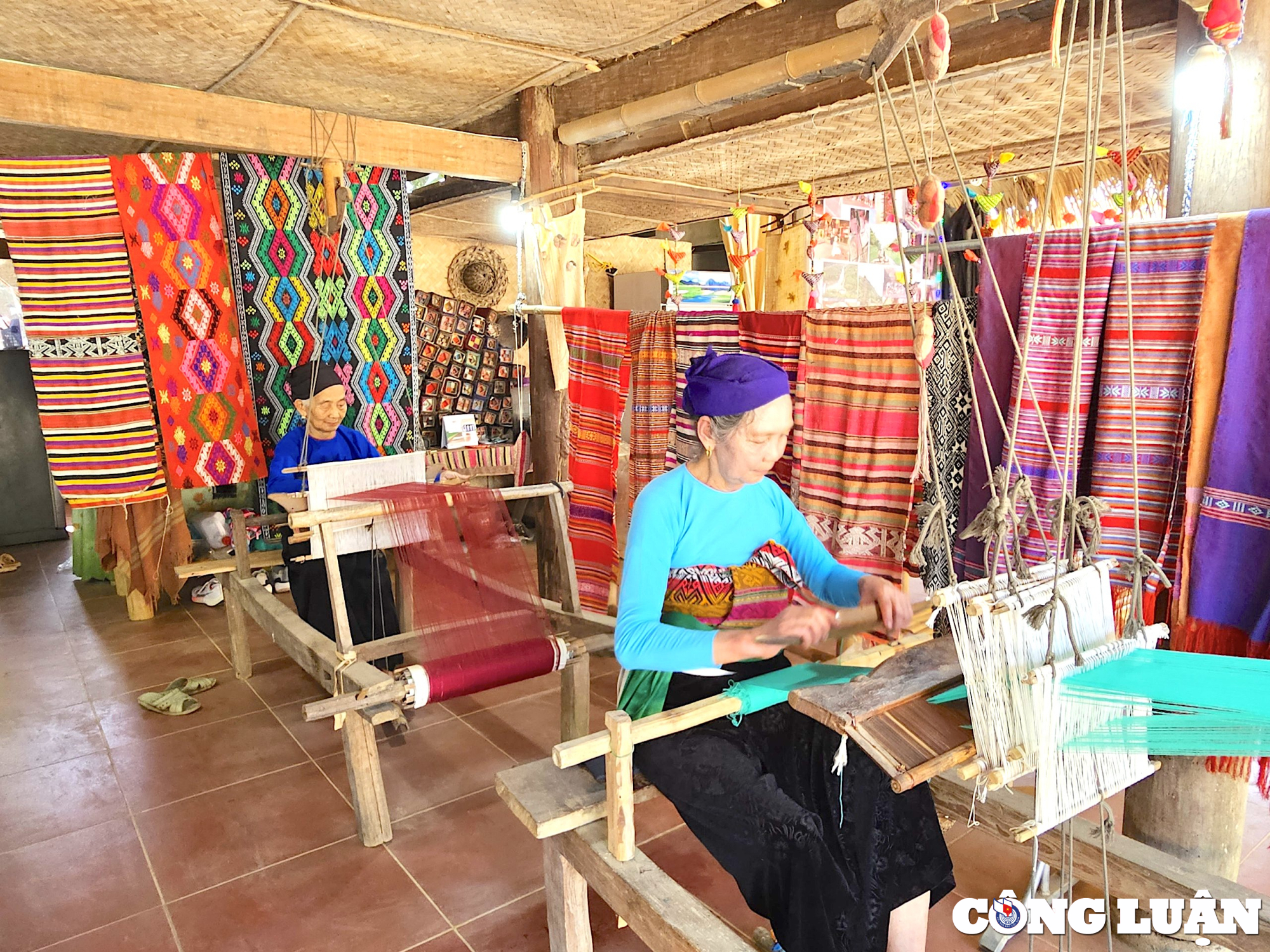
Women in Lan Ngoai village, Lung Niem commune (Ba Thuoc) weave brocade to serve tourists.
The brocade weaving profession began to appear in Lan Ngoai village, Lung Niem commune since the 18th century (around 1749). After hundreds of years of formation and development, starting from when Lan Ngoai village was newly established with the Ha and Lo families.
The Thai people's costumes in Lan Ngoai village are woven by the women here. For the Thai people, weaving is a very important job that every girl must know. When they get married, the girls must have their own woven dresses, shirts, and costumes to bring to their husband's house.
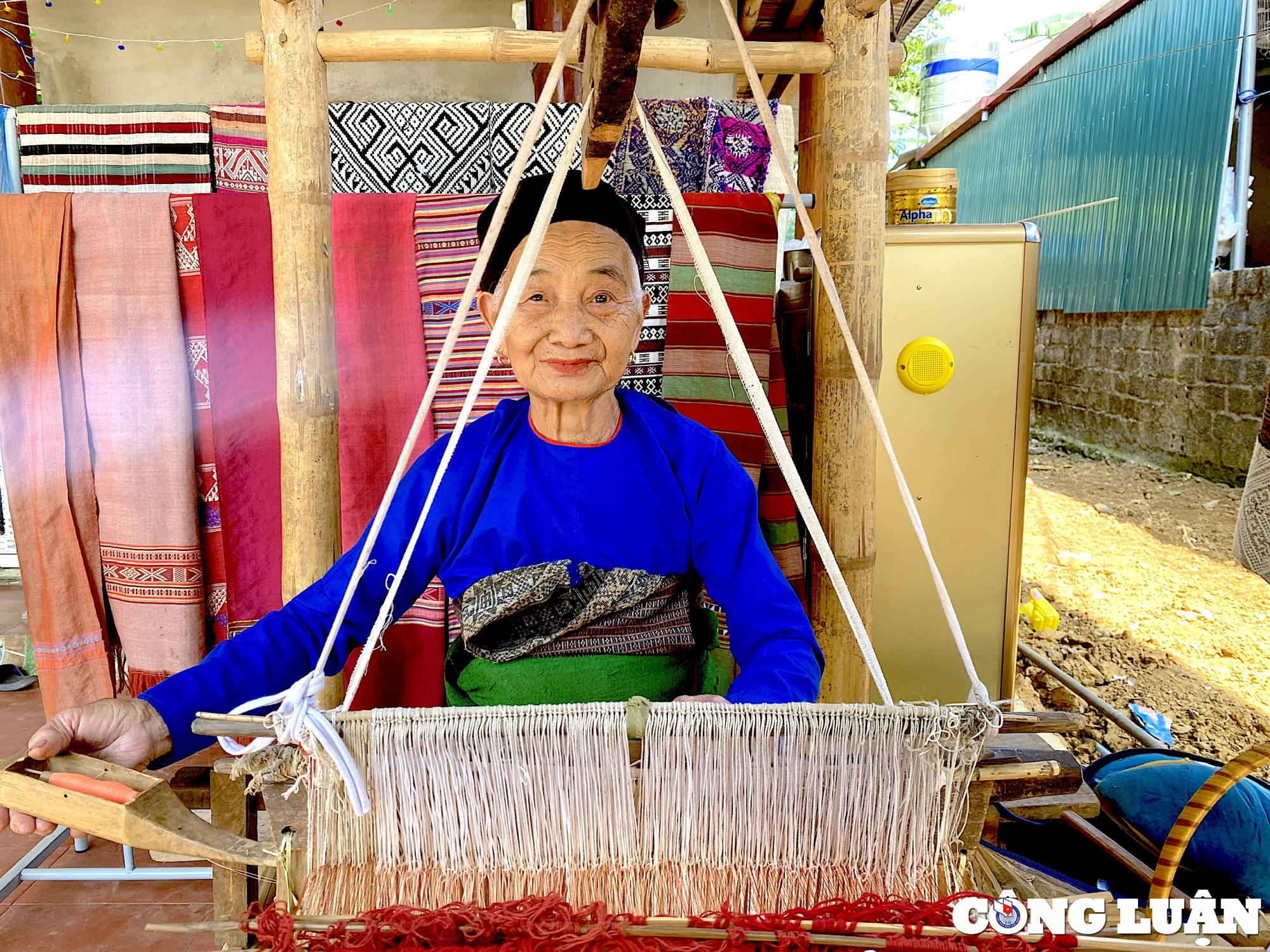
Ms. Ha Thi Nhan learned weaving at the age of 20.
That is why all the girls in Lan Ngoai village know how to weave and their sewing and embroidery skills are honed every day. In Lan Ngoai village, many people have devoted their whole lives to brocade weaving.
As one of the oldest people still weaving brocade in Lan Ngoai village, Ms. Ha Thi Nhan (born in 1949) shared that to produce brocade products, it must go through many stages, mainly manual production.
First is the planting, care and harvesting of cotton. The cotton bolls are separated, then a cotton cracker is used to break the cotton fibers into a soft, coarse form. The cotton is then put into a gin to create a bond between the cotton fibers.
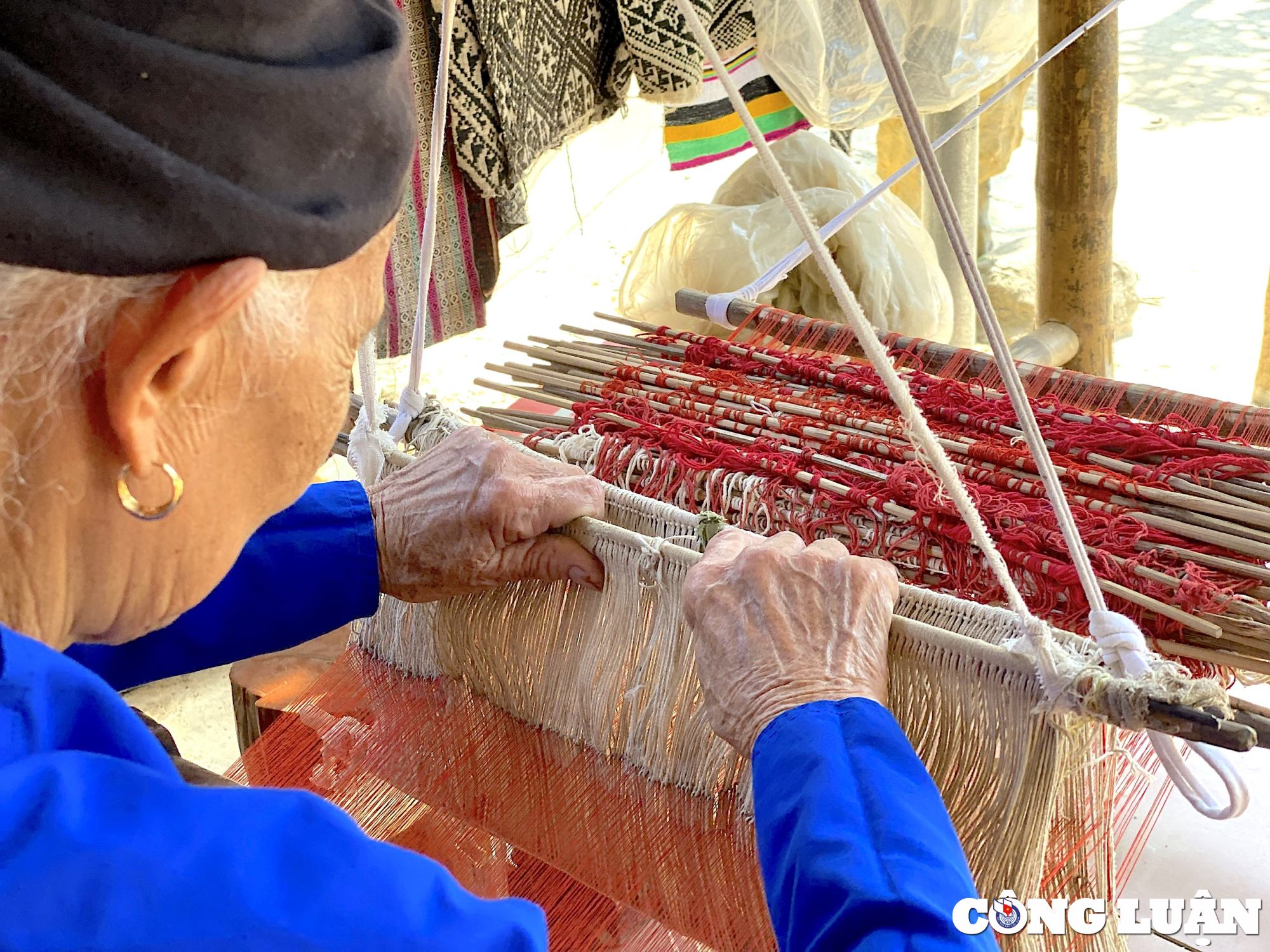
All women in Lan Ngoai village know how to weave and have sewing and embroidery skills.
After rolling, the cotton is rolled into small balls and then used to pull the cotton into long threads. The cotton threads are then fed into a spinning mill where they are spun into thread. The threads are then rolled into large spools of thread.
To make the fabric colorful, before weaving, people go into the forest to find some trees to get leaves, bark, and roots to make color, bring them home to boil until the water has color, then dip the thread into the water for about 30 minutes, then dry it.
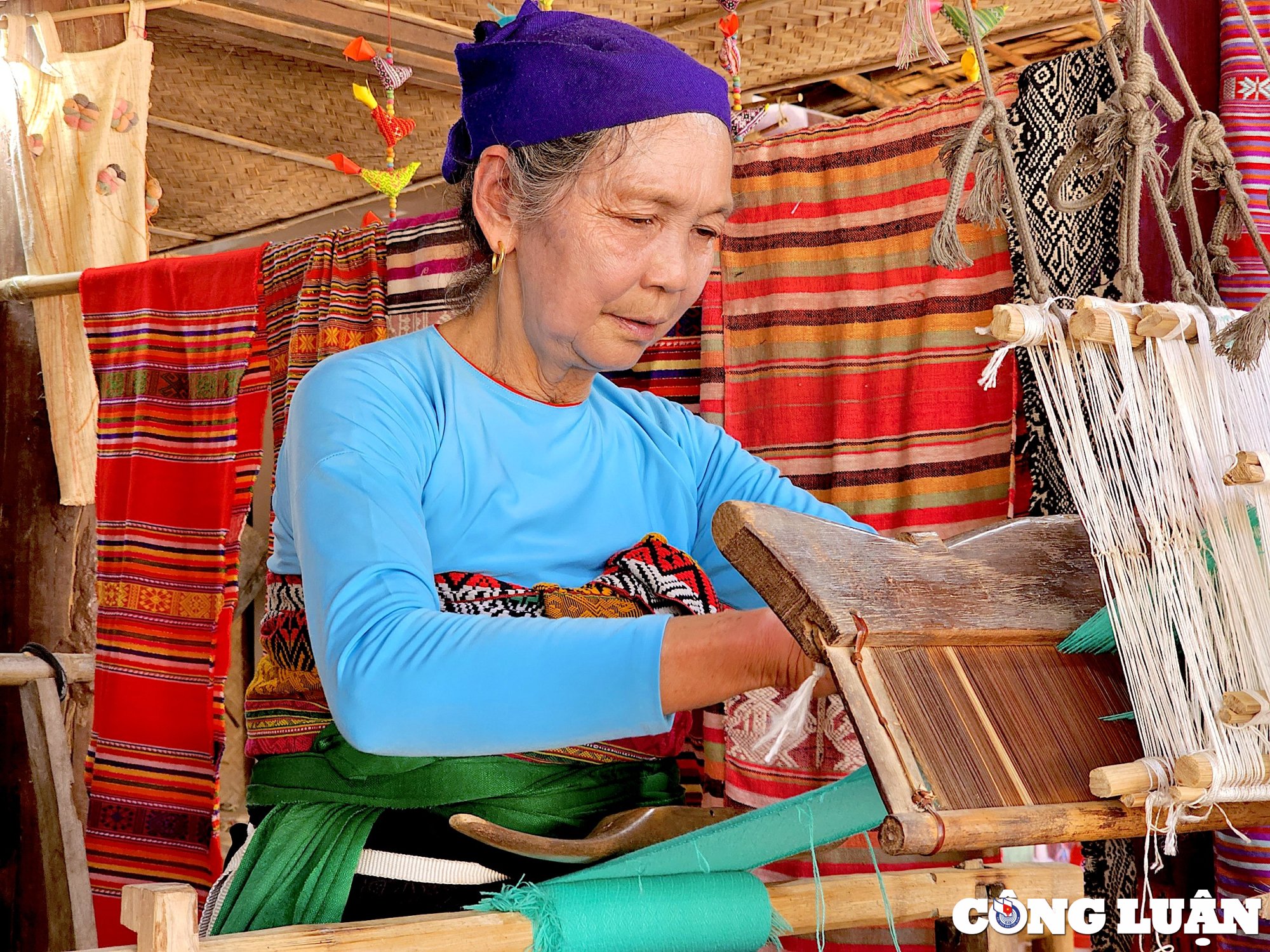
To produce brocade products must go through many stages, mainly manual production.
Each type of plant has a color, to have many colors, use many different types of plants or mix them to mix colors according to folk experience. The fibers are soaked in color and dried, ensuring firmness, toughness, durability and strength, then hooked onto the loom to weave the fabric according to the weaver's wishes.
The weaving stage also requires skillful hands, rhythmic feet and delicate eyes to create products with smooth lines, harmonious colors, sophisticated patterns, and the identity of the Thai ethnic group in Ba Thuoc district.
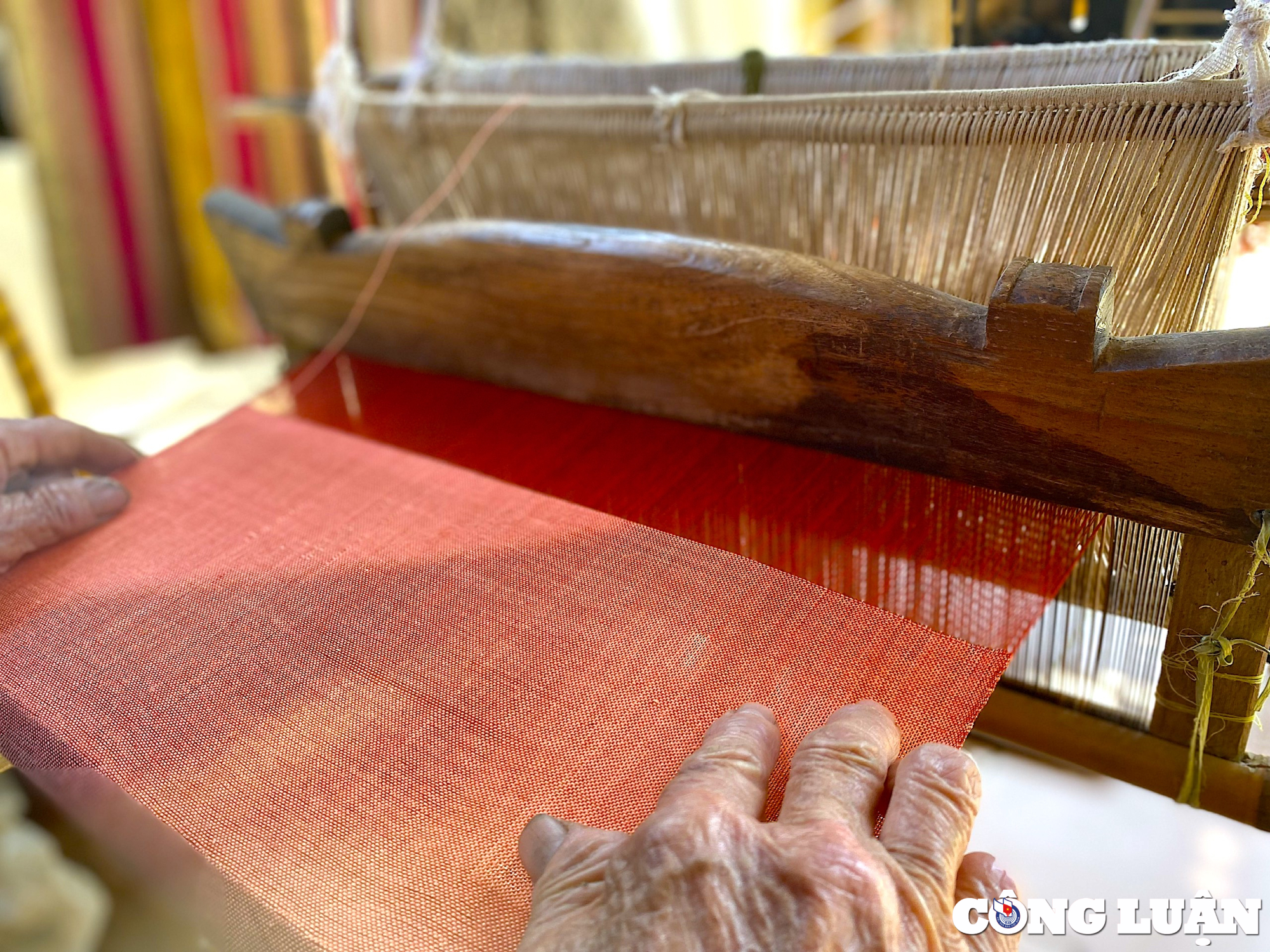
The weaving process requires skillful hands and rhythmic feet.
Such a feat, a traditional Thai dress can take months to complete, so it is not surprising that today, traditional techniques of spinning, weaving, indigo dyeing, and painting patterns are less and less attractive to young people who prefer a modern lifestyle.
Like Ms. Nhan, Ms. Lo Thi Dam (born in 1967) said that traditional hand weaving requires perseverance and skillful hands. Every day, in addition to working in the fields, in my free time, I weave brocade to make traditional costumes for myself and my relatives.
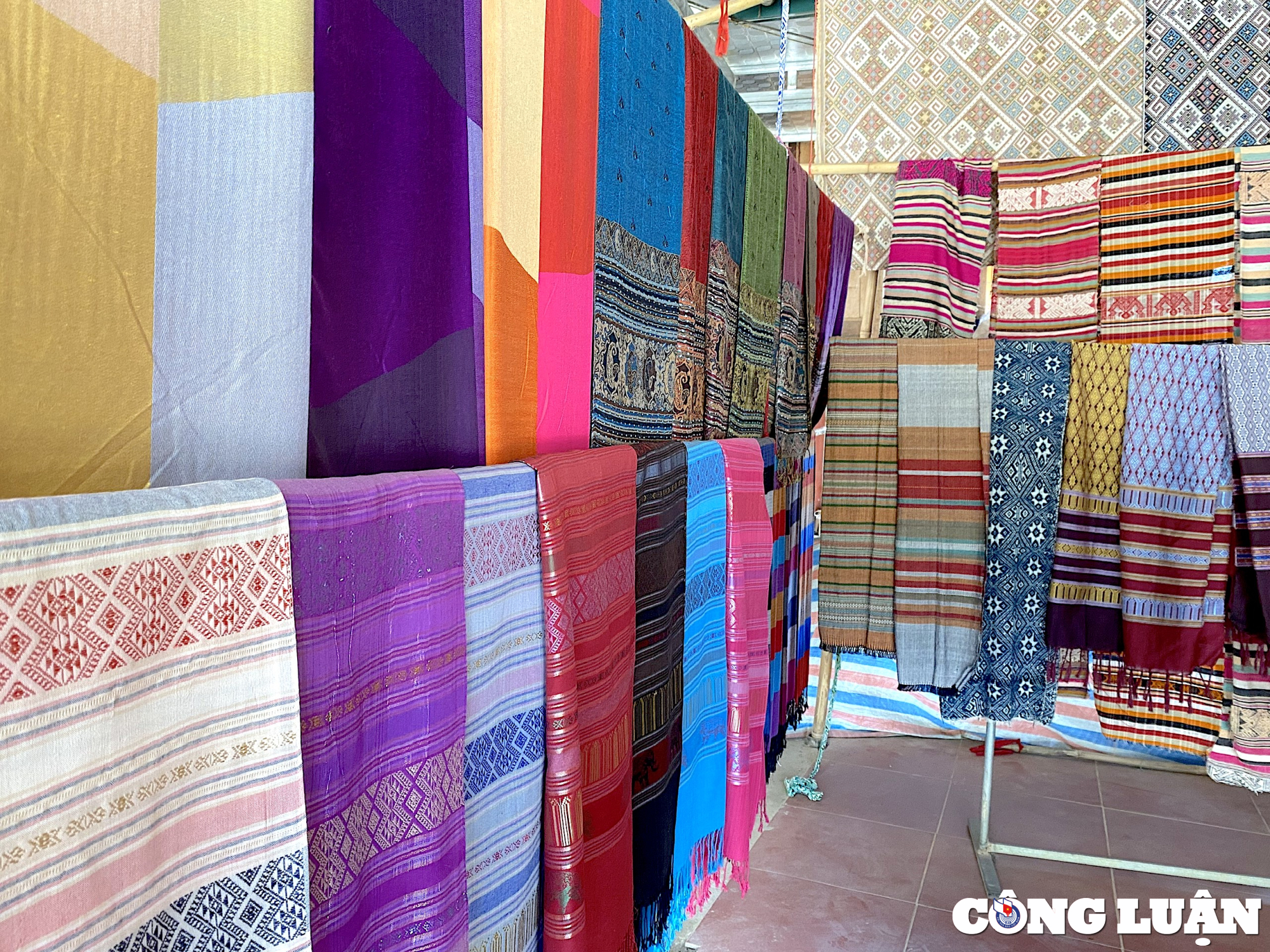
Items chosen by many tourists when visiting and experiencing
Brocade weaving has long been associated with Thai women living here. Later, many industrial fabrics and wool threads replaced handmade materials, but weavers like us still strive to preserve the craft and pass it on to future generations.
If in the past, brocade products were only created to serve the daily needs of local people, now these products have become items chosen by many tourists when visiting and experiencing with the locals.
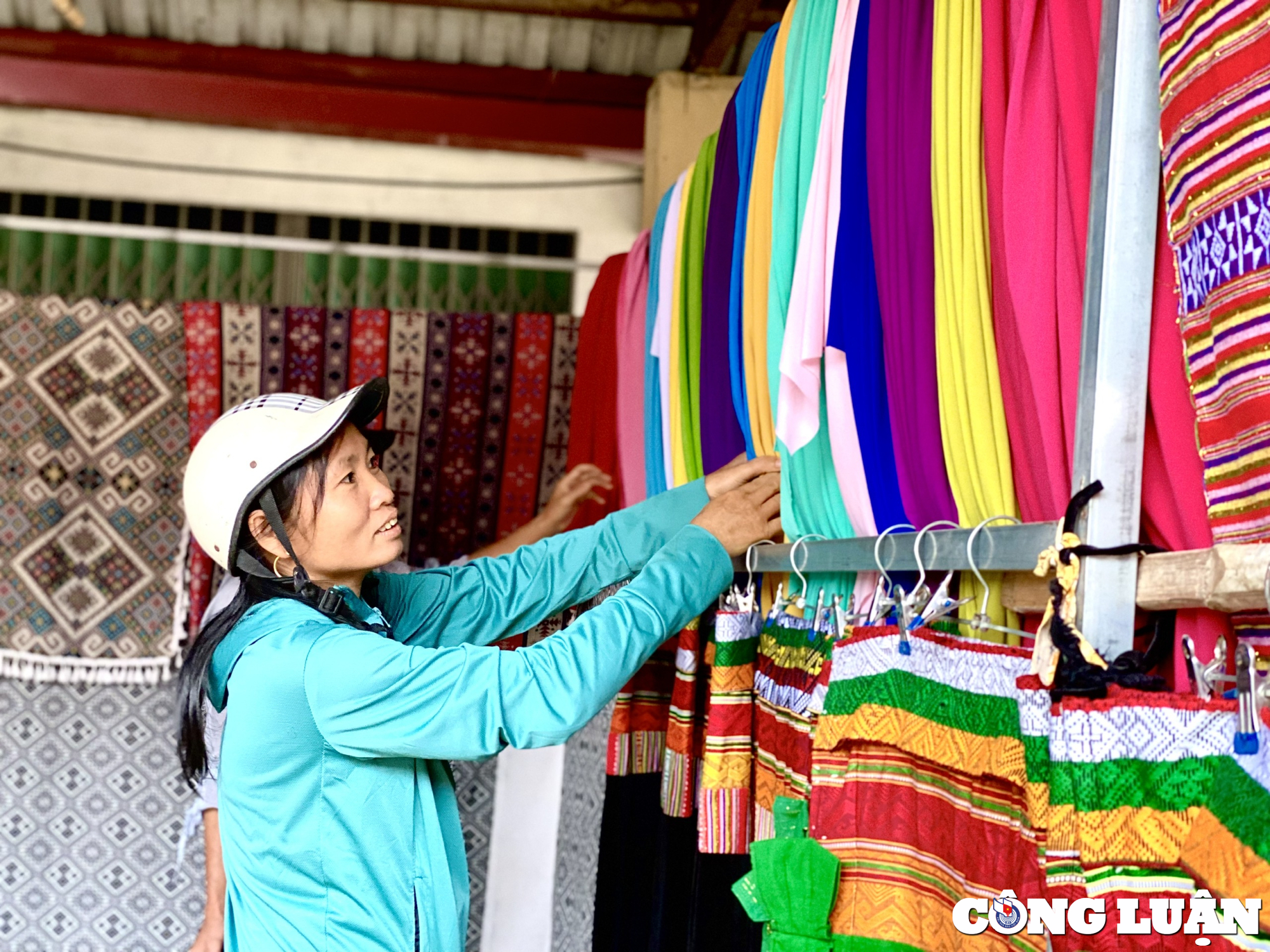
Fabrics are sold at Doan market.
Each traditional handicraft product has a story, containing teachings and knowledge accumulated from the lives of the people... and preserving the traditional weaving craft is preserving the precious folk cultural treasure of the Thai ethnic people here.
Currently, Lung Niem commune has preserved and developed the traditional brocade weaving profession associated with community tourism, attracting 105 women to participate, with an average income of 36 million VND/person/year. In addition, many women who are passionate about the traditional brocade weaving profession in Lung Niem commune have established their own weaving workshops.
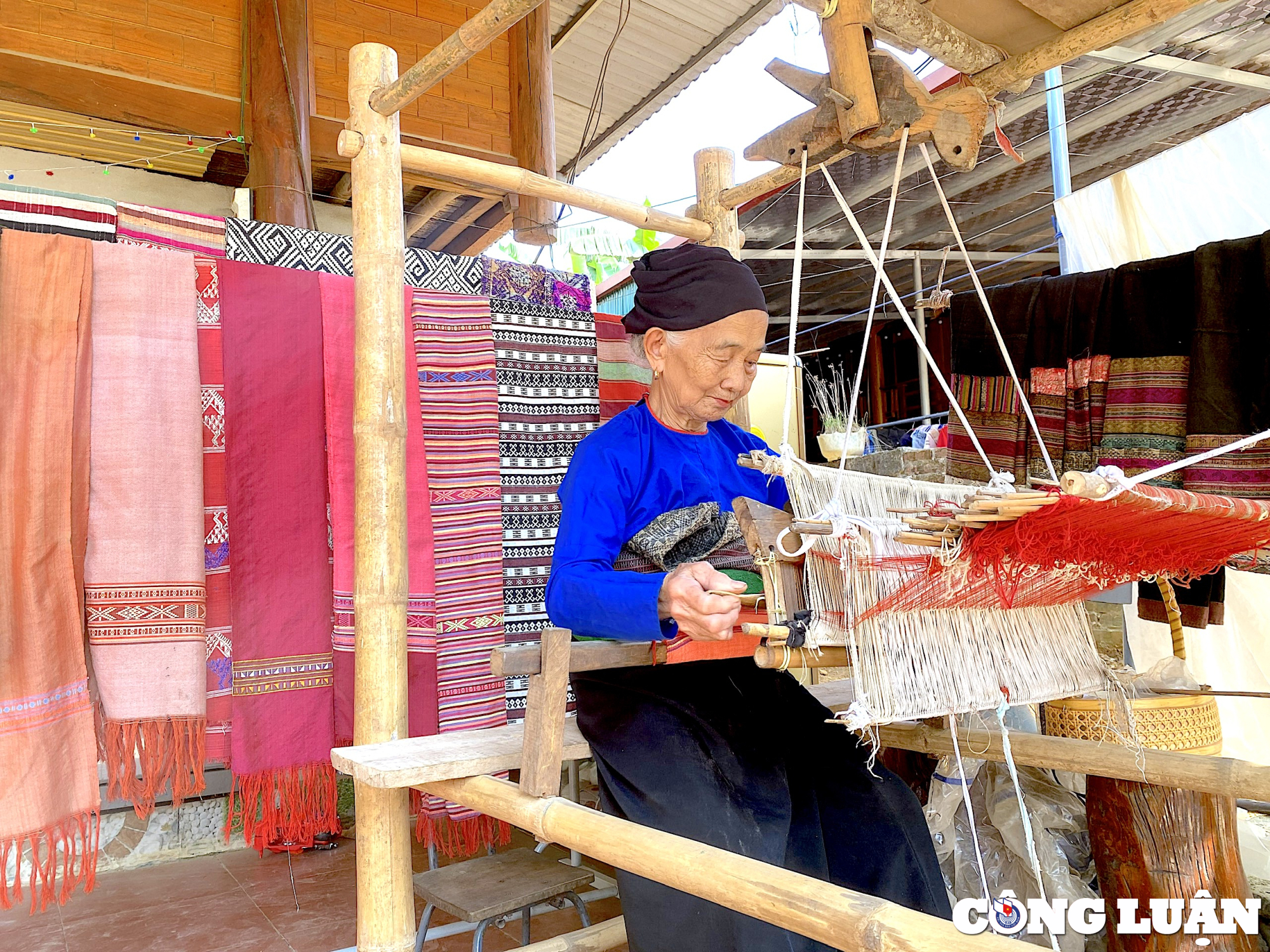
Lung Niem commune has preserved and developed the traditional craft of brocade weaving associated with community tourism.
Most of the residents of Ba Thuoc mountainous district are Thai and Muong ethnic groups whose traditional costumes are mainly made of brocade, so the craft of weaving this unique product has existed for many generations.
The products include: brocade fabric, scarves, hats, clothes, pillows, brocade bags, tablecloths, chair cushions... with prices ranging from 50,000 VND to 1,000,000 VND/product. Each year, workers earn over 52 million VND, which is a large amount of money for the Thai ethnic group.
With the development of Pu Luong community tourism, the brocade weaving profession has grown from a "flickering" and spontaneous place to a strong development. Ba Thuoc district has implemented a dossier to request the province to recognize the craft village concentrated in Lung Niem commune, and at the same time build brocade products into OCOP products.
Ha Anh
Source


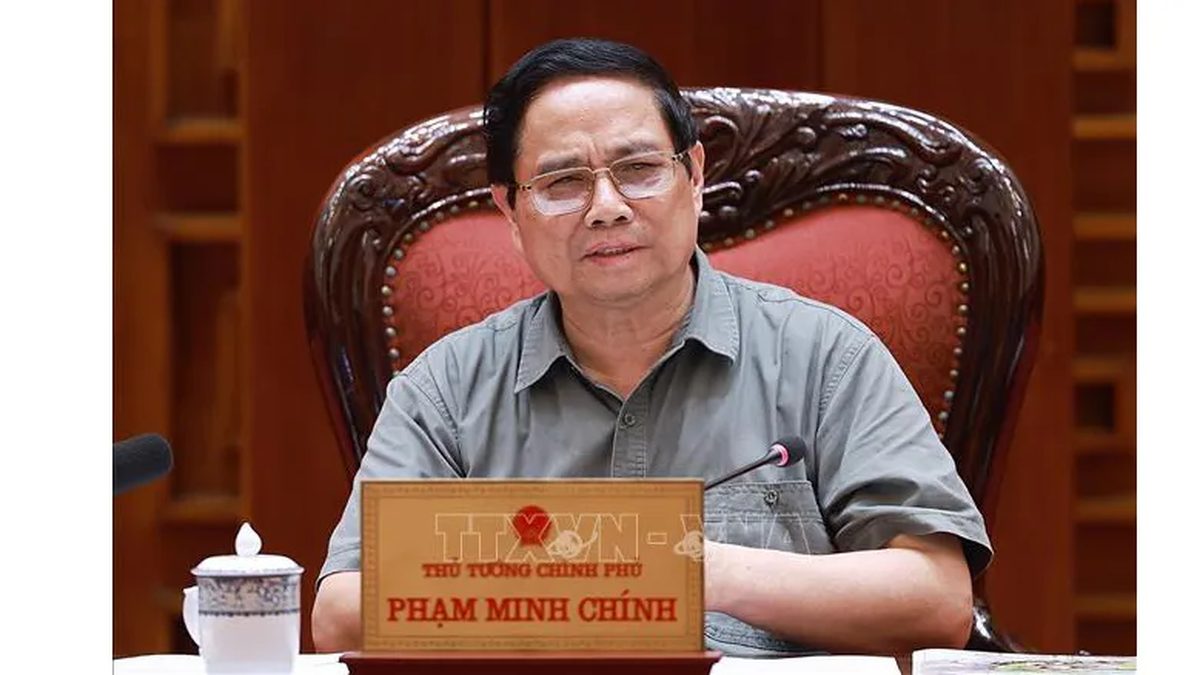
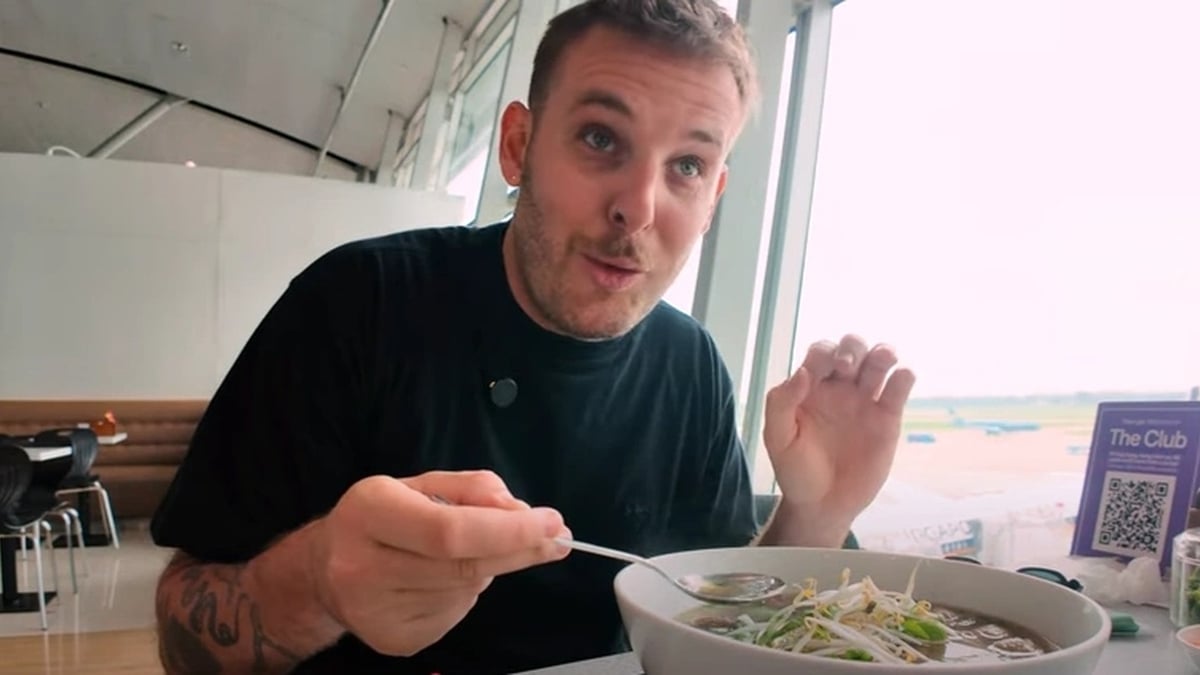
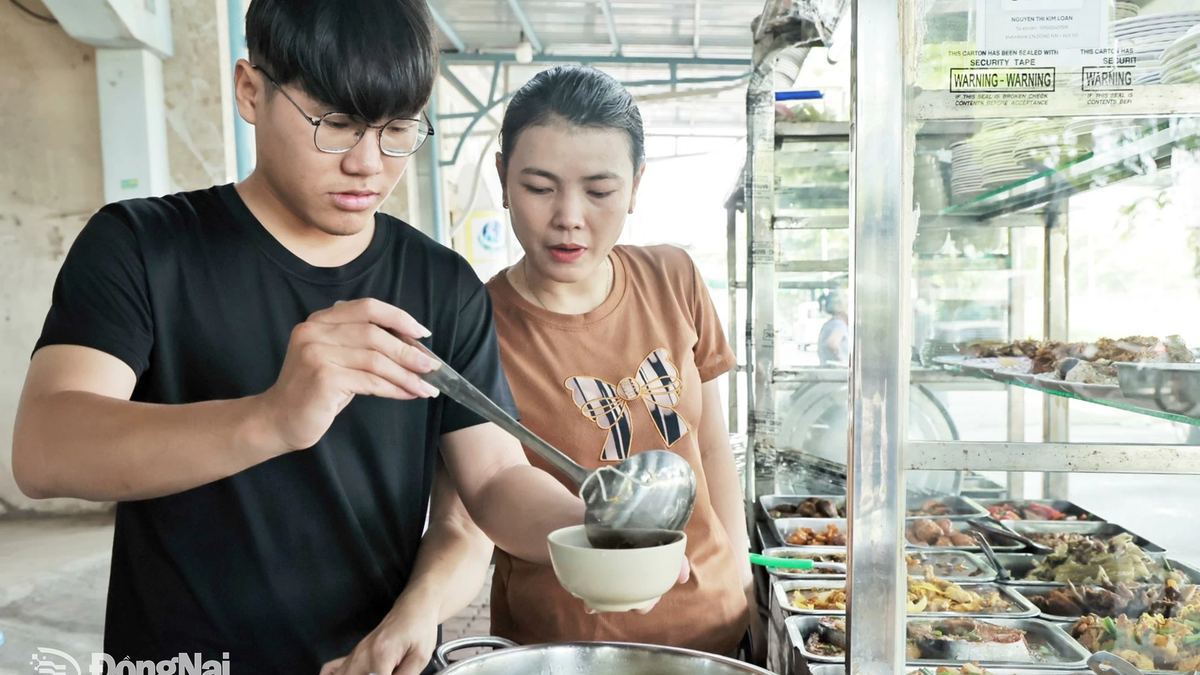





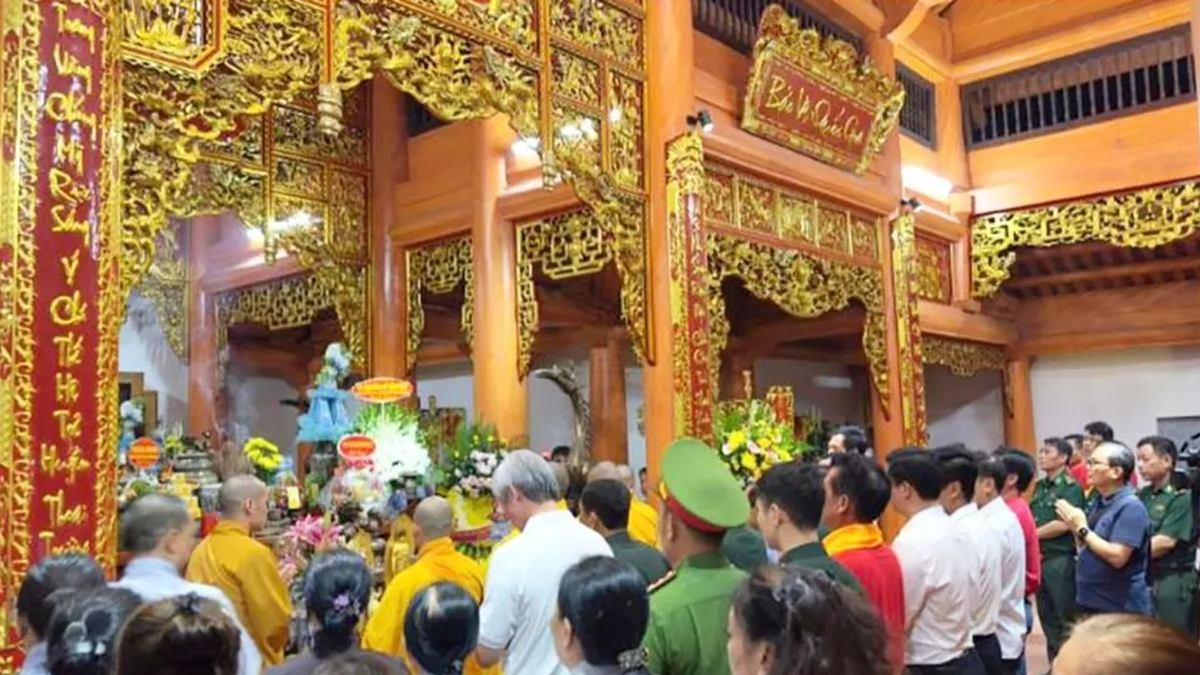
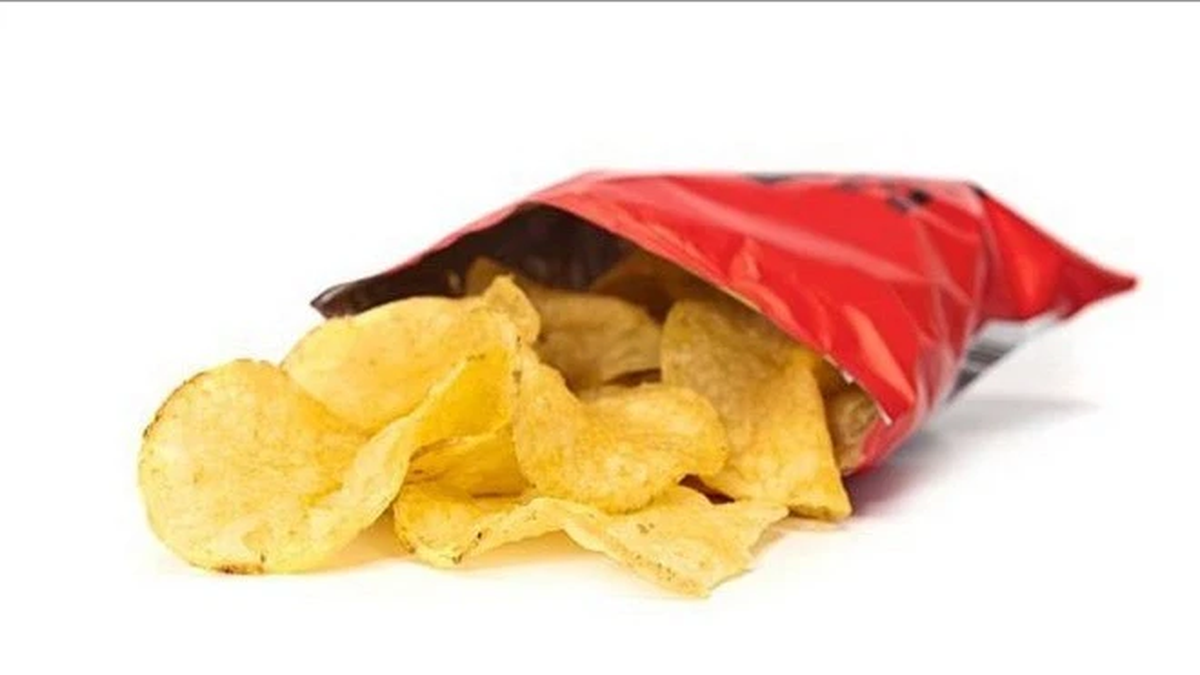













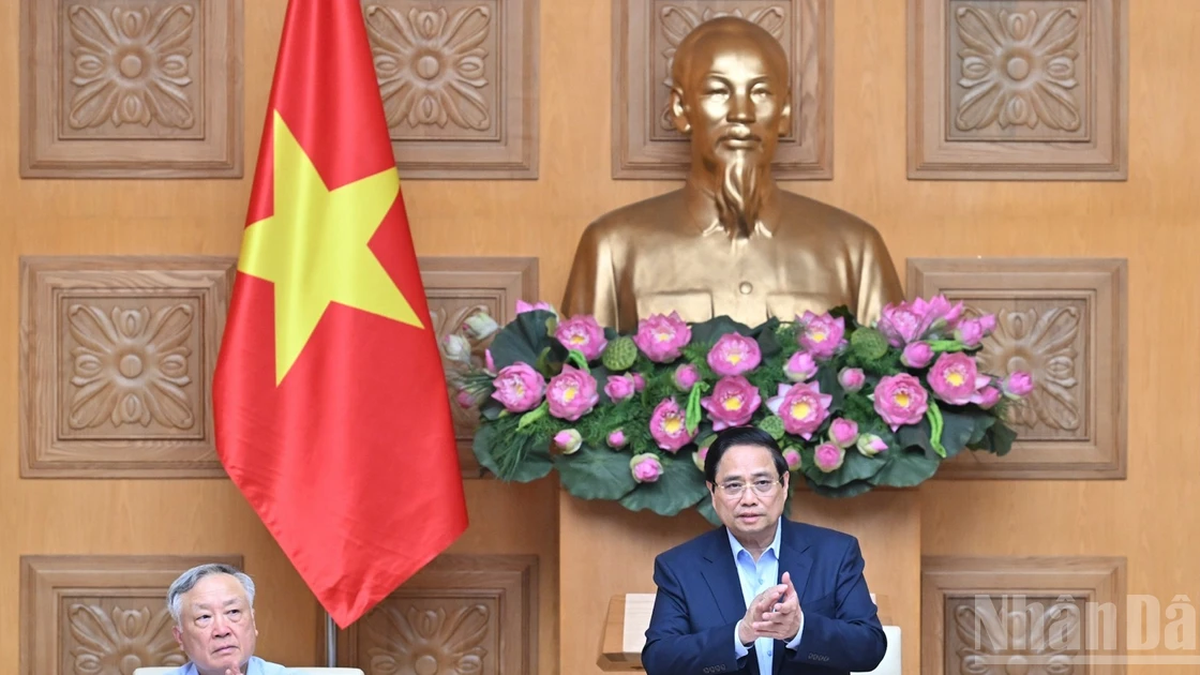

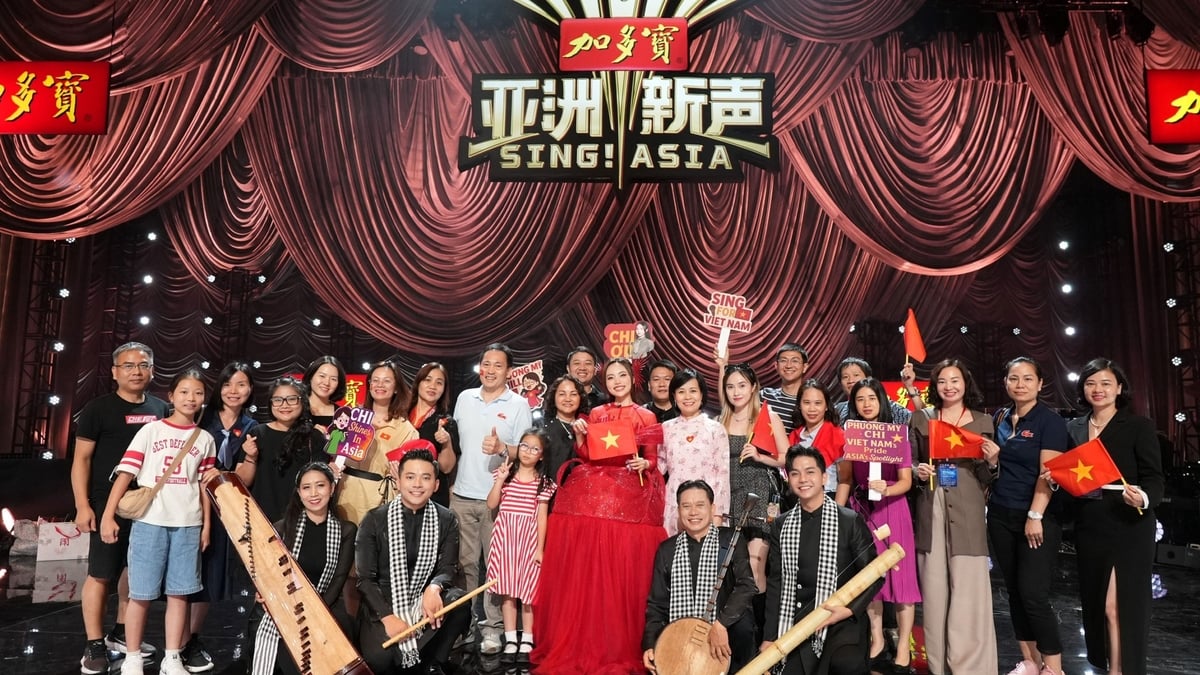
![[Photo] National Assembly Chairman attends the seminar "Building and operating an international financial center and recommendations for Vietnam"](https://vphoto.vietnam.vn/thumb/1200x675/vietnam/resource/IMAGE/2025/7/28/76393436936e457db31ec84433289f72)

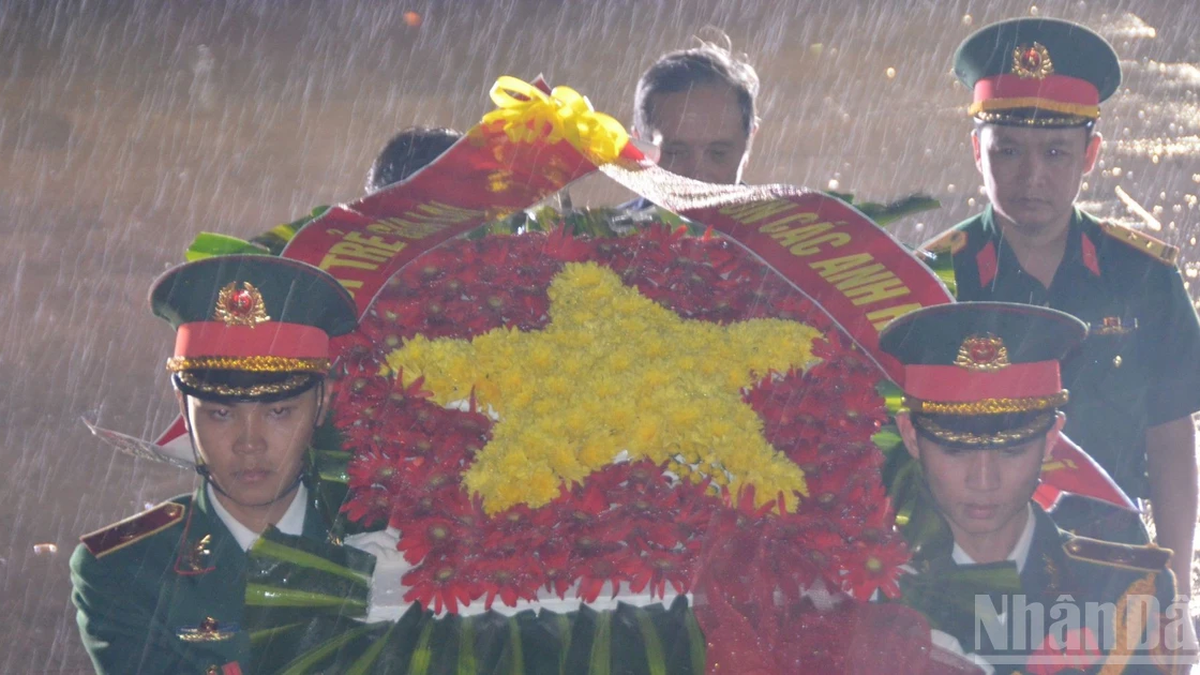
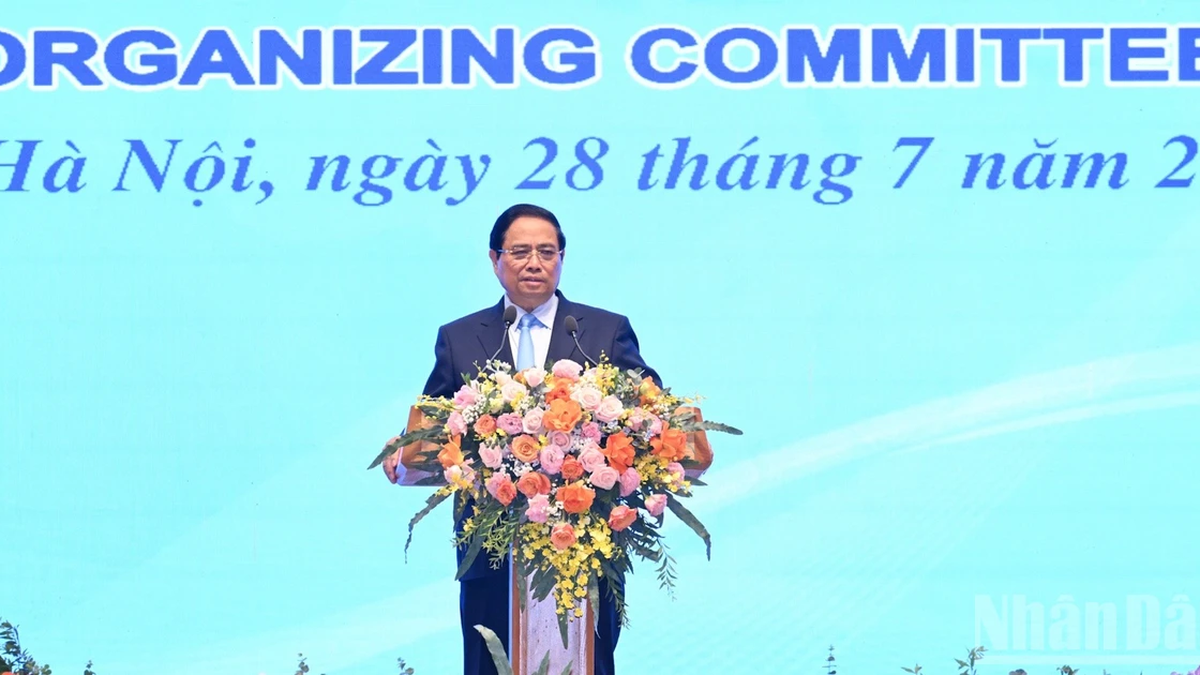


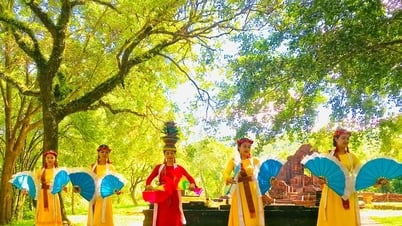

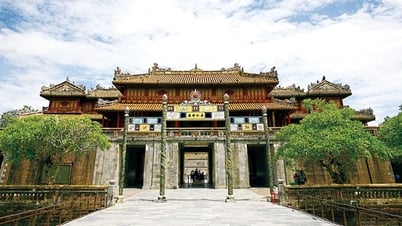

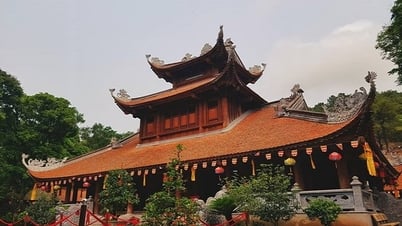

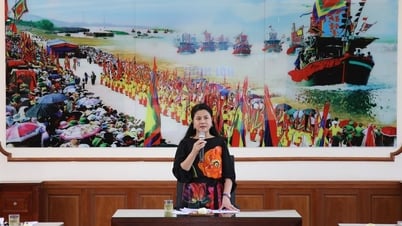

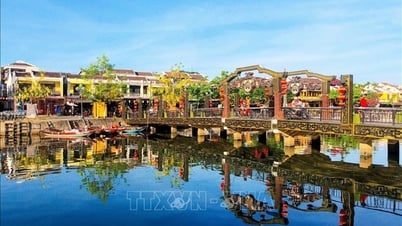

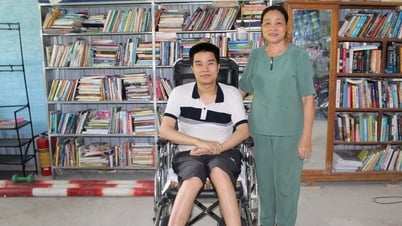

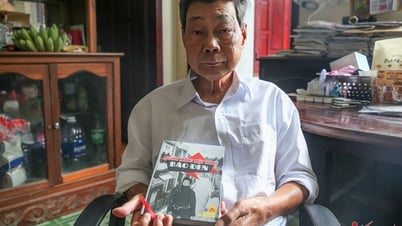



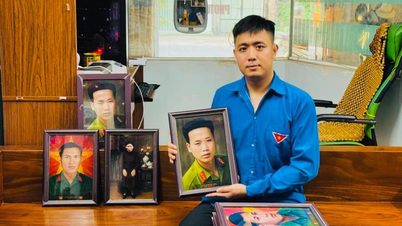






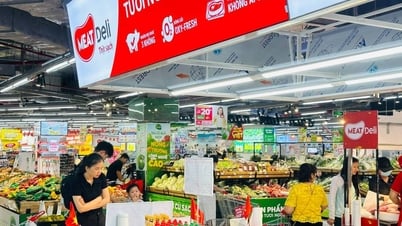



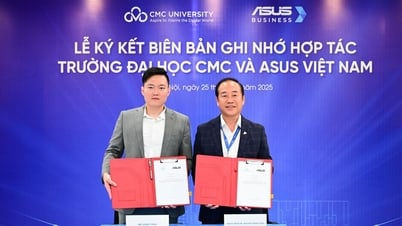








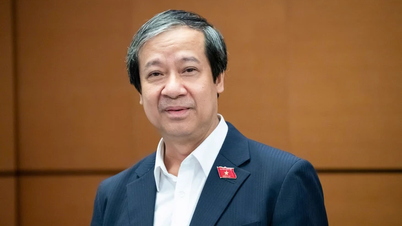
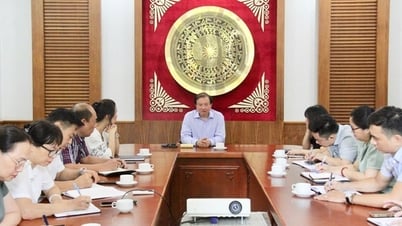


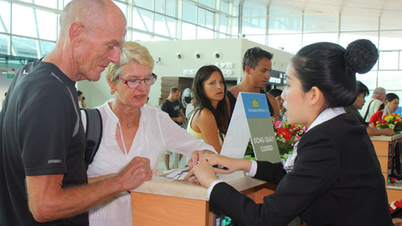
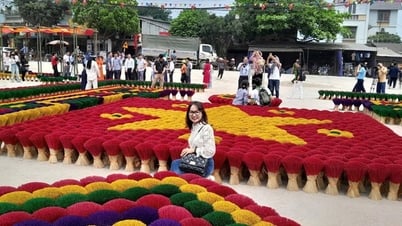
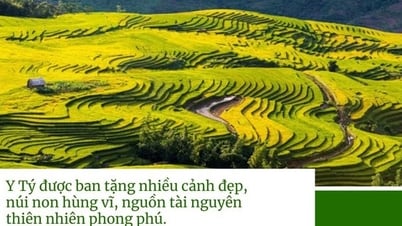













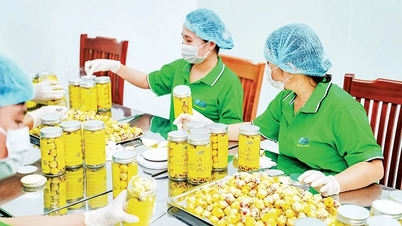






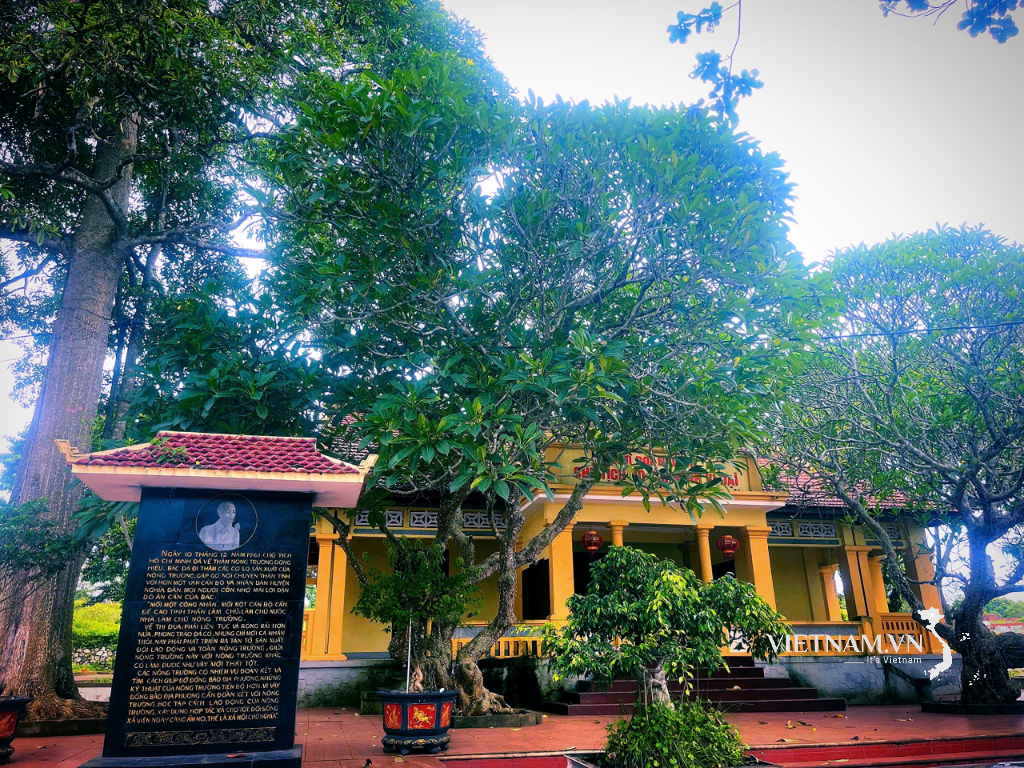

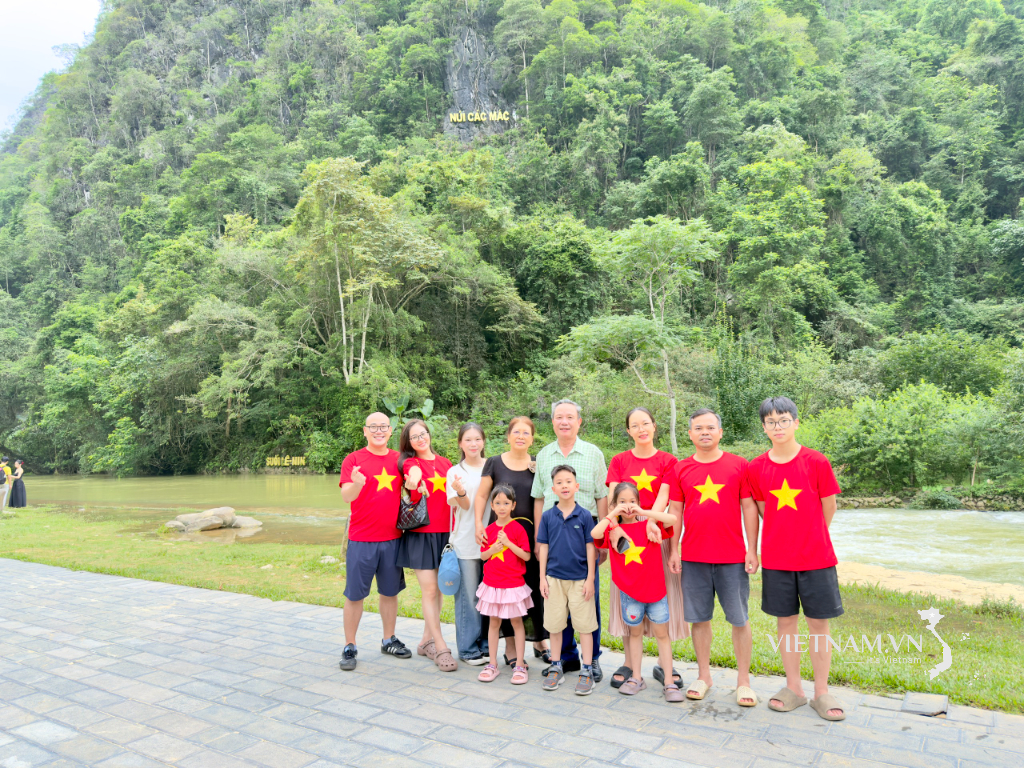
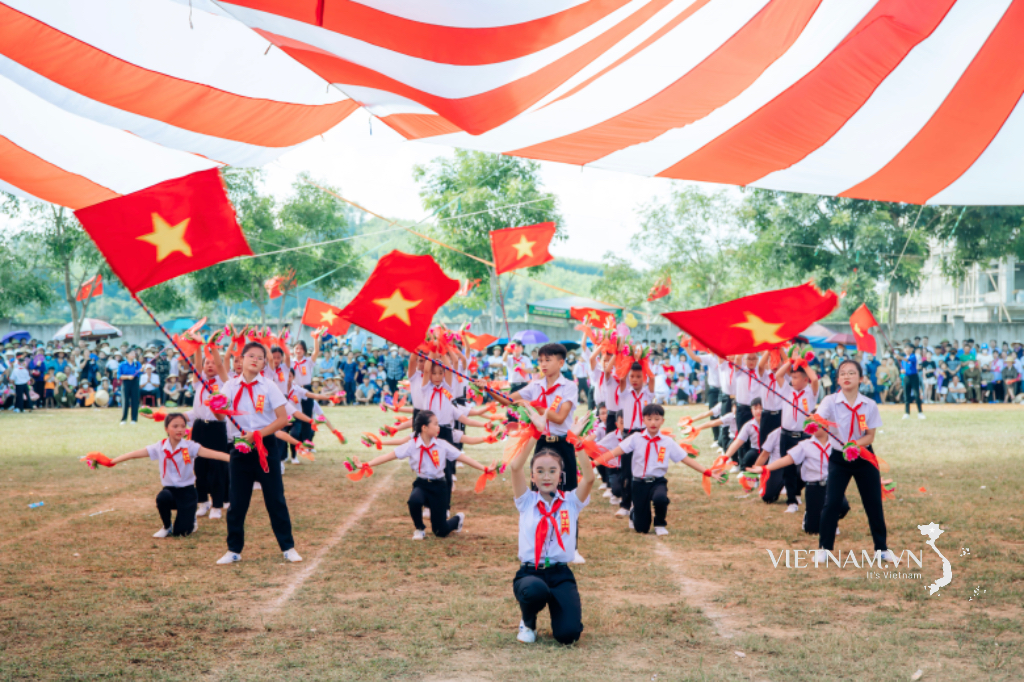
Comment (0)